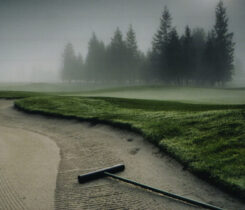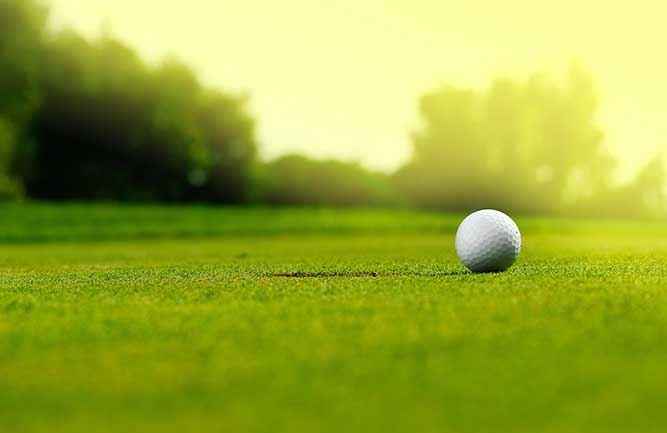Turf MD: The complicated nature of diagnosing a turfgrass surprise
I wrote a couple of columns in 2021 dedicated to golf course agronomic “surprises” that occurred during the year here in central Ohio. The first was the arrival of cicadas in the spring of 2021. Since cicadas appear once in a 17-year life cycle, the appearance and sound resonating from these insects were startling.
The second surprise occurred during the fall of 2021, which was the arrival of the fall armyworm. Although fall armyworms appeared sporadically in past years, the turf devastation that occurred this past fall was widespread and severe.
A New Pest
This past May, I came across my first diagnosis of annual bluegrass weevil (ABW) damage in central Ohio. The symptoms occurred along the outer edge of the fairway bordering a wooded area. While there have been anecdotal reports of ABW in central Ohio, this is my first confirmed one.
Given the widespread occurrence and predictability every 17 years, the cicada was not that surprising for the Northeast and East North Central U.S. Diagnosing cicadas was not a difficult issue because of the unique chirping sound and walking under the trees often resulted in a cicada falling on you.
Fall armyworm, to a similar extent, was initially shocking but not difficult to diagnose. Fall armyworm damage to turf is a relatively common occurrence in the Southeastern and Southern United States. It sporadically occurs in the Northern U.S. depending on weather events like storms or hurricanes moving north, bringing the armyworm along.
Armyworm damage was devastating and appeared on golf courses, lawns and athletic fields within days of an infestation. All forms of media, including social networks, newspapers, televisions and radio, warned of the damage that could occur. I found a major key to diagnosis was, most homeowners and golf course superintendents used the rapid and widespread coverage the pest received in the press and on social media to identify a fall armyworm outbreak.
More Complicated
It’s often complex to diagnose a golf course turf problem. The ABW diagnosis was more complex for me than the cicada or fall armyworm, given I had not seen the damage firsthand prior to this spring.
Diagnosis of turfgrass maladies is like a funnel. A funnel aids in adding a large quantity of a solution into a smaller opening. Turf diagnosis is similar. You begin with a large opening (i.e., a broad view). Location, date and weather are a few examples of looking at an overview of the turfgrass problem. In the case of the ABW, the location of the damage was along the outer fairway edges. The damaged area was close to a wooded area.
The damaged area was annual bluegrass and the symptoms looked like anthracnose, which was initially the first impression of the problem. Yet, given the time of the year (May), the weather (which was not favorable for anthracnose) and the fungicides applied (with some activity against anthracnose), it was easy to doubt that hypothesis.
Using the funnel analogy, a closer inspection on my hands and knees revealed the presence of the adult ABW and their larvae. Following a diagnostic process, no matter how obvious the problem, may save you from a misdiagnosis that can result in more turfgrass damage and a waste of time and money in treatment.
The process can vary and may include, and often does, laboratory diagnosis or testing. But increasingly, a helpful diagnostic key — and a confirmation of the diagnosis — is the use of social media. The likelihood of a “new” turf problem surfacing among superintendents in an area is high. Some superintendents will post about the problem, and in turn, become a source of information.












